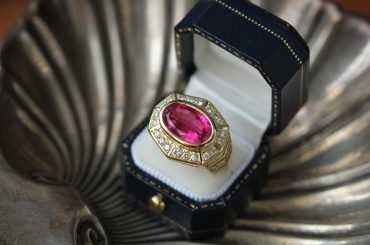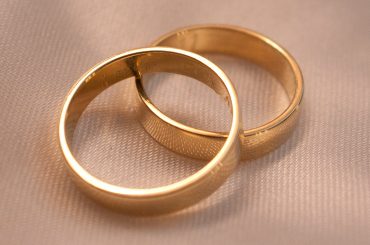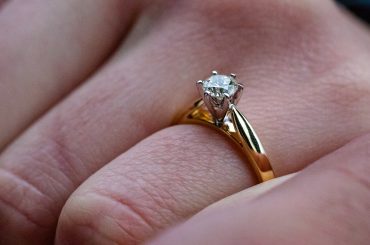Gold, one of the most expensive elements on the periodic table, is known to be found deep within the layers of the Earth.
It is extracted through an intricate process that costs a lot of money.
According to Statista, in 2020, the cost of mining gold was 777 US dollars per ounce.
With the advances in technology and science, we are now able to create gold artificially in labs.
Synthetic gold or Lab-Made Gold is a new phenomenon that we are yet to understand.
Lucky for you, we have dedicated this article to doing just that.
Written below is all you need to know about Lab-Made Gold!
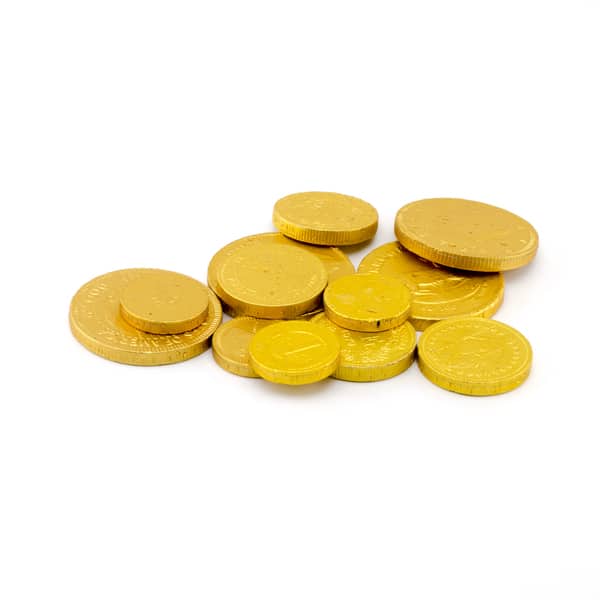
Table Of Contents
Is Lab Made Gold Real?
Lab-Made Gold is indeed very real!
The only difference between Lab-Made Gold and Gold that you extract from natural reserves is that in Lab-Made Gold, you create it by using other elements.
How? You may ask.
Well, this is where we dig deep into science. But don’t worry, it is an interesting process so you will not be bored.
Take it like this; all matter is made up of atoms. Atoms consist of a nucleus containing a proton and a neutron.
Gold, a chemical element, consists of 79 protons in each atomic nucleus.
Therefore, if we either add or take away protons from a chemical element, we can form gold! Lab-Made Gold, that is.
However, this process is extremely difficult to do in practice considering we change the shape of matter and convert it into something else.
It requires the power of a nuclear reaction, which is both costly and useless, considering we’d just be creating radio-active gold which cannot be sold.
How Much Does it Cost to Make Gold in a Lab?
In 1980, nuclear chemists Walter Loveland and Glenn Seaborg carried out a gold experiment.
According to Walter Loveland, this process cost them about five thousand dollars an hour.

Later that year, Glenn Seaborg stated that a process would cost more than a quadrillion dollars per ounce to produce gold!
As exciting as changing matter into something else sounds to you alchemists out there, you’ve got to keep in mind the high costs and little return that lab-made gold has!
We’d like to conclude that Lab-made gold, as exciting as it sounds, does not always reap the most benefits.
Changing platinum into gold can not only reap radioactive matter but also cost you lots of money!
How to Tell if Your Gold is Real?
Acid test:
The best way to test if your gold is real or not is the acid test—the acid test to determine if an item is gold or not.
The first step is to rub it on black stone to remove any impurities from the metal.
If there are signs of life after being submerged in nitric acid and aqua regia (a mixture of nitric and hydrochloric acid), then these indicate that the metal may be plated.
Those who engage in this practice know what they’re doing because only professionals can produce such results with ease!
This is because 24 karat gold is the only type of gold that does not react to nitric acid. All other types of gold will show some sort of reaction!
Magnet test:
For a quick and easy way to test if your gold is real or not, try using a stronger magnet.
Place the item you want to test on top of a wooden plank.
Then, bring an electromagnetic force near the item you want to test until it becomes attracted.
If the magnet sticks to your item, then this is an indication that your item may be gold-plated or made of another element.
If the item is real gold, it will not be attracted to the magnet. This is because gold is a non-ferrous metal, meaning it does not contain iron and therefore will not be attracted to magnets!
Price variations between Lab made gold and real gold?
The two types of gold differ in value for a few reasons.
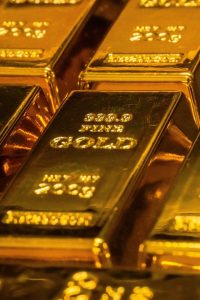
The first and most obvious reason is that real gold is much rare than lab-made gold!
Since lab-made gold is not as rare, it does not have the same value as real gold in the market.
Second, the price of mining and extracting real gold is much higher than the cost of making lab-made gold.
What is the difference between real and lab-made gold?
The main difference between the two is that one is naturally occurring while the other is man-made.
This is why real gold is much rarer and thus more expensive in the market, unlike lab-made gold.
Another difference is that the process of mining and extracting real gold is much more costly than making lab-made gold.
This is because it requires special equipment and a lot of manpower to mine for gold!
Lab-made gold is shinier and is often used in jewelry because it does not tarnish as easily as real gold does.
Real gold is often used in investment because it holds its value better than lab-made gold.
Lab-made gold is also not as durable as real gold because it is not as pure.
It is usually mixed with other metals to make it more affordable, and this makes it more susceptible to wear and tear.
Lastly, the value of real gold is not affected by the market as much as lab-made gold because it is much rarer.
The price of lab-made gold goes up and down depending on the market, while the price of real gold is more stable.
Is Lab-Made Gold Worth It?
Now that we know how gold is made in a lab, as well as the process and cost, you might be wondering if it is worth it.
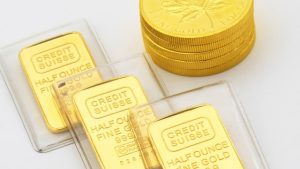
The answer to this question depends on what you are looking for.
If you are looking for an investment, then real gold is a better choice because it holds its value better.
Moreover, if you are looking for something to wear every day, then lab-made gold is a better choice because it is more affordable and does not tarnish as easily.
It all comes down to what you want and what you are willing to spend. Whichever type of gold you choose, remember that gold is a precious metal that will always be in demand!
Conclusion
So there you have it, all you need to know about Lab Made Gold. We hope this article was informative and helped clear up some questions you might have had about lab-made gold! What are your thoughts on this new phenomenon?

I am the founder of In The Fashion Jungle, A site that aims to bring the latest trends and fashion news to our readers. I have extensive experience in the fashion industry, having worked in fashion manufacturing, production, and quality control for many years.
My passion for fashion began at a young age, and I pursued a degree in fashion design to further hone my skills. After graduation, I worked with several well-known fashion brands, where I gained valuable experience in all aspects of fashion production.
Over the years, I have developed a keen eye for fashion trends and have a deep understanding of the manufacturing process. This has allowed me to successfully launch my own fashion site, where I can share my knowledge and expertise with others who are passionate about fashion.
Through my site, I hope to inspire others to express themselves through fashion, whether it be through clothing, jewelry, or accessories. I believe that fashion is a form of self-expression and that everyone should have the opportunity to feel confident and stylish.
Thank you for taking the time to learn more about me and my passion for fashion. I look forward to sharing my insights with you through my site.

